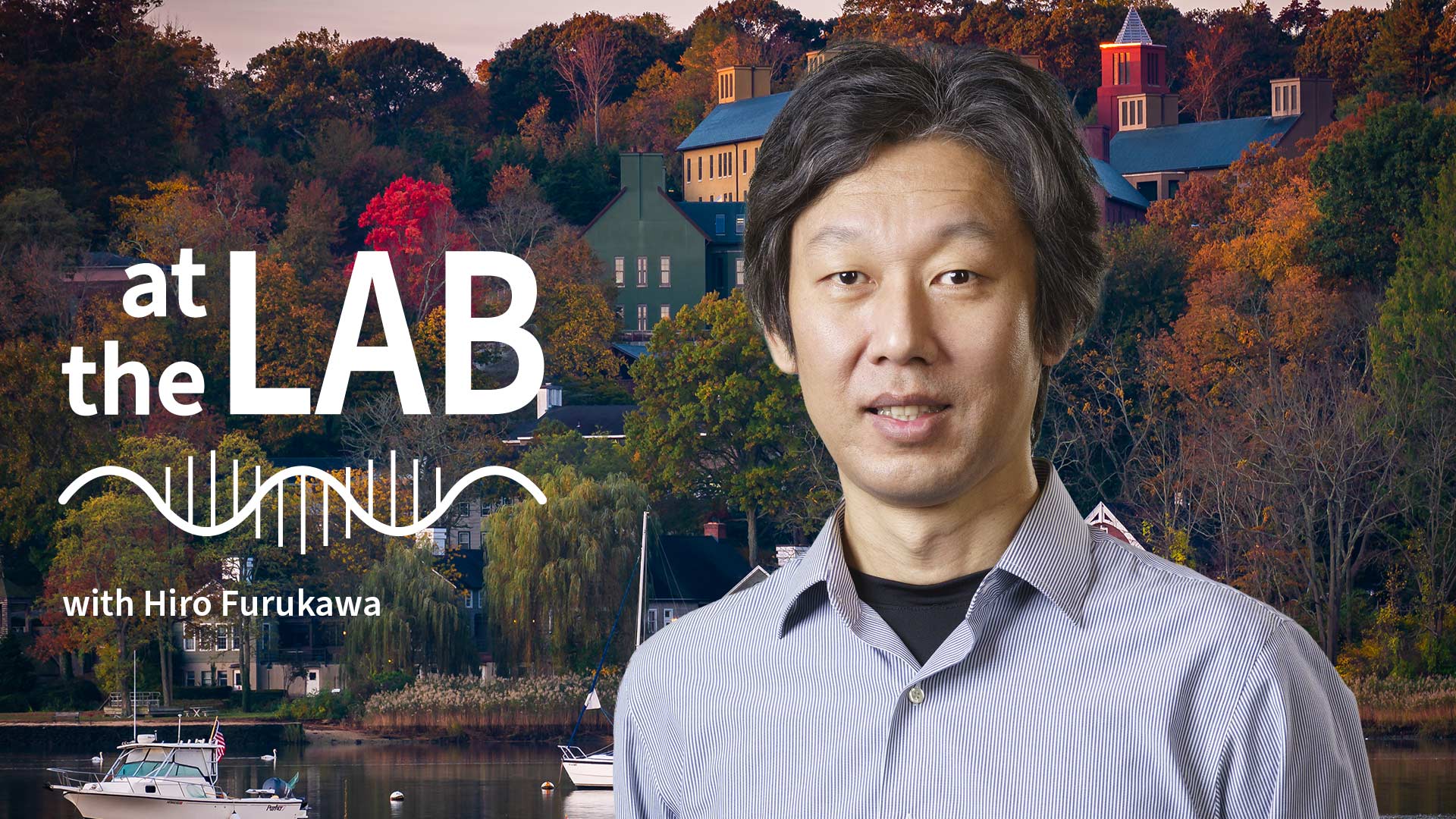It’s easy to think of your brain as your body’s puppet master. This week At the Lab, we speak with CSHL Professor Hiro Furukawa, who studies a part of the brain that actually does work a lot like a puppeteer. Hear how Furukawa figured out the puppet master’s routine. And find out what that might mean for mental health.
Read the related story: Brain receptor pulls open electrical gate like a puppet master
Transcript
Nick Fiore: You’re now At the Lab with Cold Spring Harbor Laboratory. My name is Nick Fiore, and this week At the Lab: “Molecular puppetry.”
NF: In some ways, your brain is like the puppet master of your entire body. It pulls all the strings. But this week we’re looking at a specific part of the brain called the NMDA receptor.
NF: The NMDA receptor is a protein that plays a key role in learning and memory. It has two parts. There’s a globe-like head that binds natural chemicals or drugs. And there’s a channel that allows charged particles, called ions, to pass through.
NF: Now, here’s where the molecular puppetry really comes into play. It turns out that the head part opens or closes the channel much like a puppeteer controls a marionette.
Hiro Furukawa: We’re basically trying to figure out how proteins move. So what is the pattern of movement, which elicits opening and closing of the ion channel?
NF: That’s Cold Spring Harbor Laboratory Professor Hiro Furukawa. His lab figured out each step in the puppet master routine using a technique called cryo-EM.
HF: Cryo-EM stands for cryo-electron microscopy.
NF: Yes, that’s cryo as in cryogenic. Furukawa’s team flash-froze molecules in place at various points in the opening and closing cycle. Using many still images, they were able to construct a video showing just how the NMDA receptor opens and closes.
HF: Because we have such a state-of-the-art facility for cryo-electron microscopy that we established here at Cold Spring Harbor, we can image things at high resolution. The better the microscope, the better the sample, the more you see.
NF: But that’s not all. Furukawa’s lab imaged the NMDA receptor in the presence of various drug molecules that slowed or stopped the action.
HF: We’re basically just figuring out how the NMDA receptor dances around to open and close the ion channel. They literally dance around.
NF: The idea is that if researchers can figure out these dance steps, they can design drugs to control NMDA receptor activity. And that could someday help treat conditions like Alzheimer’s disease, depression, schizophrenia, strokes, and epilepsy—with no strings attached.
NF: Thanks for listening to At the Lab. Please be sure to subscribe wherever you get your podcasts. And visit us online at cshl.edu for more neuroscience stories like this one. For Cold Spring Harbor Laboratory, I’m Nick Fiore. And I’ll see you next time At the Lab.
